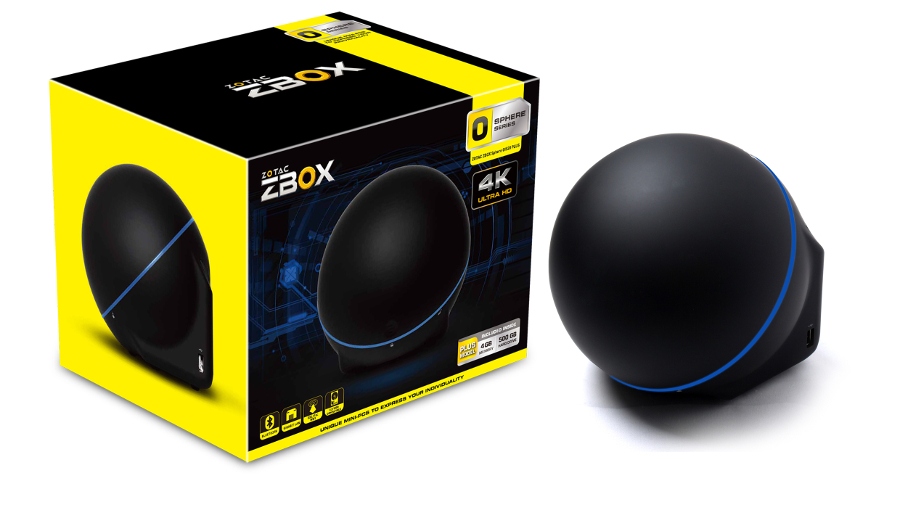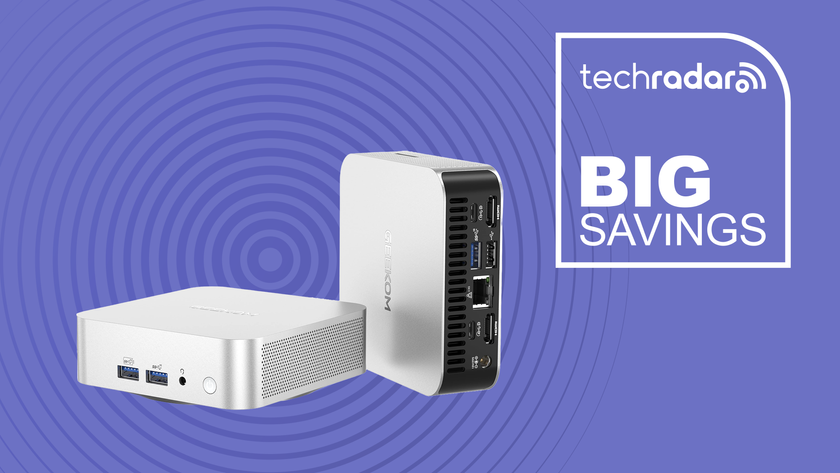Why you can trust TechRadar
Access to the machine's internals is possible by twisting and lifting the round plastic lid, and the motherboard, 2.5-inch hard disk and memory slots are easily accessible. Removing a single screw allows the hard disk to be replaced. The empty mSATA slot is positioned underneath the main board, next to a hardware reset button.
While an SSD is usually a recommendation for all modern computers, if the ZBox Sphere is used for movie playback, rather than software applications, a larger capacity internal hard disk might be preferred. Equally though, you could set it up with a small internal mSATA SSD for Windows with additional media stored on a NAS or external drive.
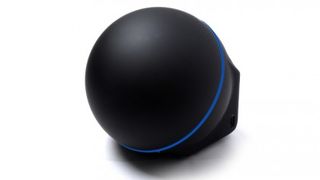
Sticky situation
It was at this early stage in testing I ran into a few design problems. After I'd finished poking around, I was eager to get the ZBox Sphere up and running and stupidly ignored the signs indicating which way to put the lid back on. I did so the wrong way, and it became stuck.
Then when trying to prise it off with force, I accidentally pulled off one of the rubber feet. Sure, my own stupid impatience is to blame, and yes, I should learn to read the manual first, but it's a fairly easy mistake to make, and I feel Zotac could make the process slightly more idiot-proof. Perhaps the case should be designed so the lid can only fit the correct way.
Thankfully I got the lid off eventually, and the feet stuck back on just fine, but it's a small reminder that this is a relatively low-cost PC, and the build quality reflects the price. Similarly the plastic is fairly thin and feels easily breakable.
When the unit is powered on, a central plastic strip glows blue. The overall look is striking, at least compared with the usual bland boxed net-top design. It won't stand out like a sore thumb in the living room as it doesn't look like a standard PC, and that's often half the battle when convincing spouses or flatmates such an addition is necessary for a home entertainment setup.
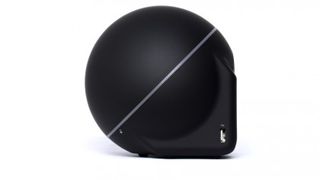
Performance
With Windows 8 loaded onto the ZBox via a homemade USB installer, I moved on to driver installation via the supplied 4GB USB stick, shunning the DVD that's also included in the box. The software provides the graphics, chipset, wireless, audio and Bluetooth drivers.
While gaming is not the main focus of the ZBox Sphere, there's nothing stopping you hooking an Xbox 360 joypad up to it for some old-school PC gaming on the TV. But 3DMark results were as to be expected from a 1.6GHz processor, with mid-range integrated graphics that won't deliver the kind of performance required by modern games. Top-end Haswell mobile processors, which come with Iris or Iris Pro integrated GPUs, are surprisingly powerful. You'll have no problems playing even Battlefield 4 or Watch Dogs with them in lower resolutions – but don't expect this from the 4400 used in the ZBox Sphere.
In Cinebench 15, the CPU score of 21.9 reflects its restricted clock frequency, with a GPU score of 232 indicating low-to-mid-range 3D performance. As I expected, it's very close to Ultrabook performance, almost matching the Asus UX301LA laptop we reviewed recently.
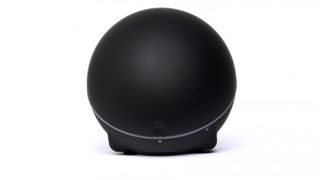
While the ZBox Sphere isn't exactly a powerful system, it's fairly astonishing how far technology has moved on since the first net-tops, which only came with Atom processors, and were limited to really ancient games. The ZBox at least puts up a fight, and is a great deal better than those older systems.
PCMark scores were similarly lower than what you'll get from a full-sized desktop PC. 2152 is nothing special, but it needs to be seen in context. The ZBox Sphere is small and affordable, but is good enough for almost any form of digital media. The results from previous generations of net-top systems that use Intel Atom Processors are far lower, with those type of machines likely to struggle somewhat with high-definition content.
